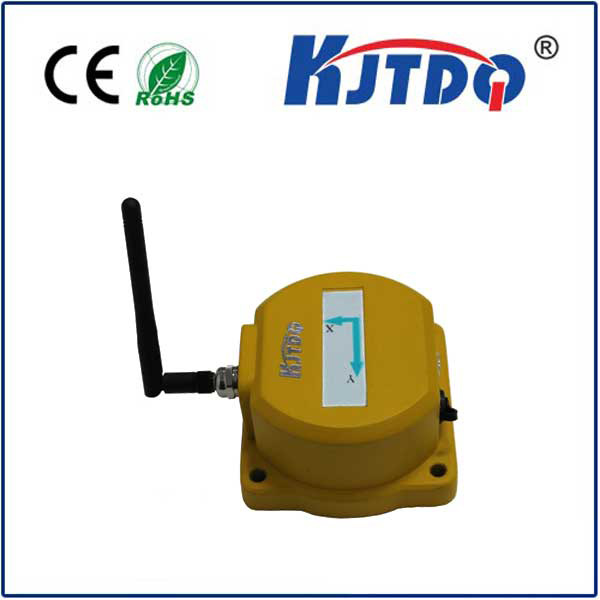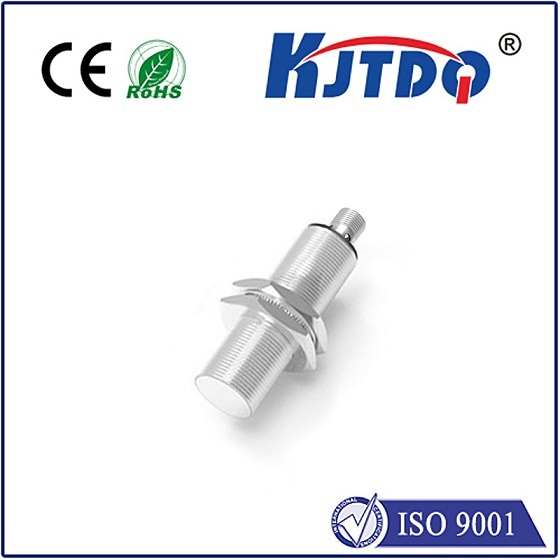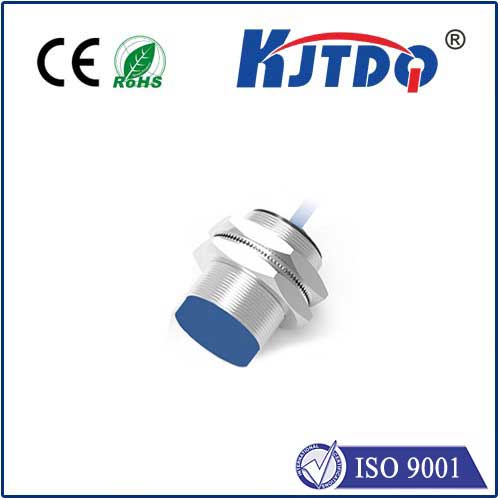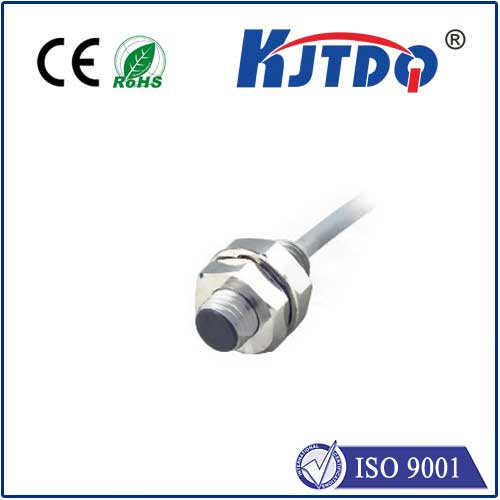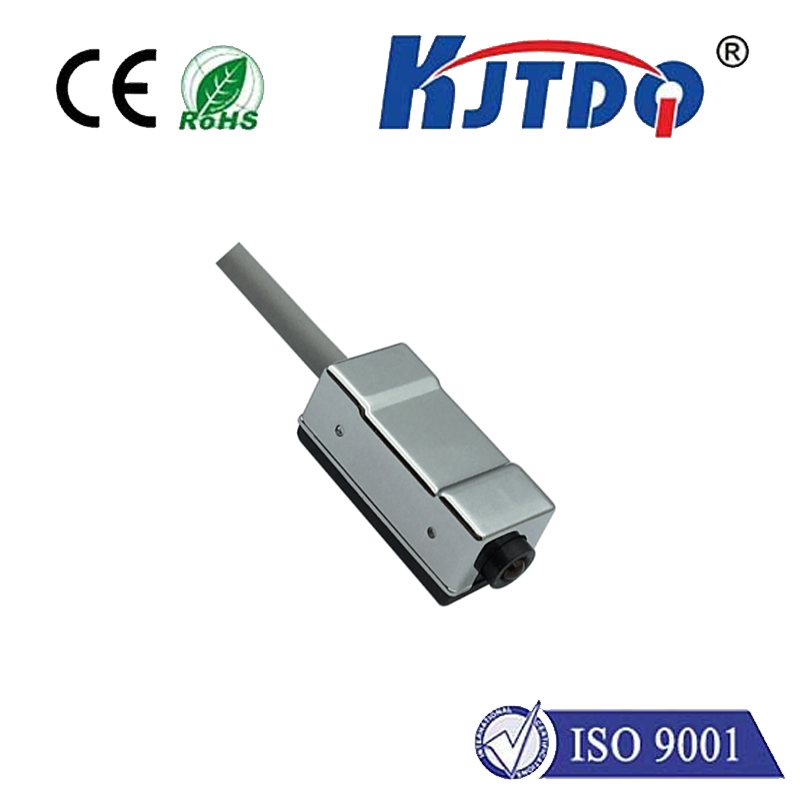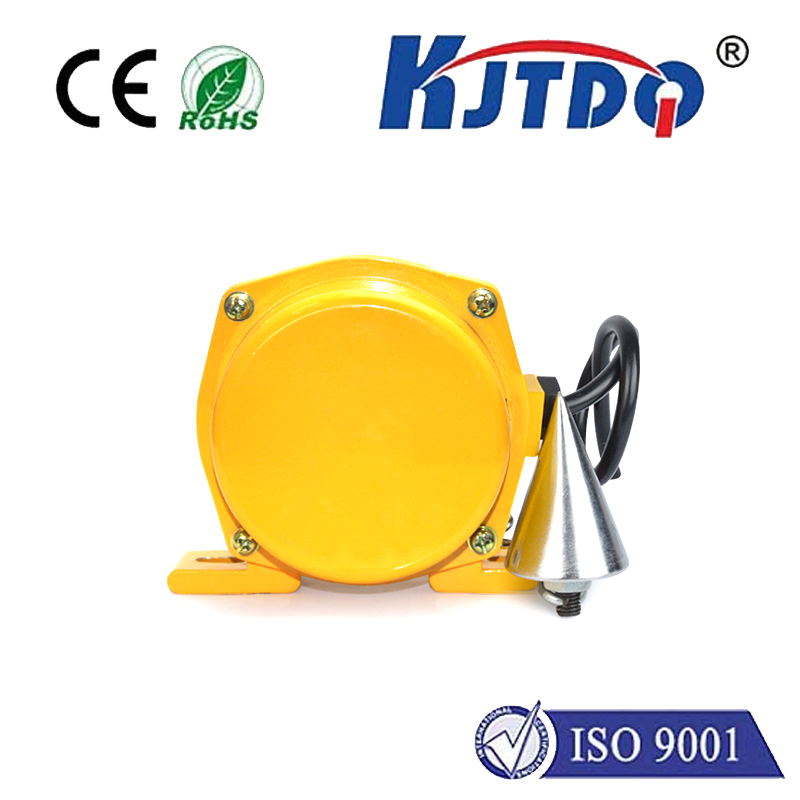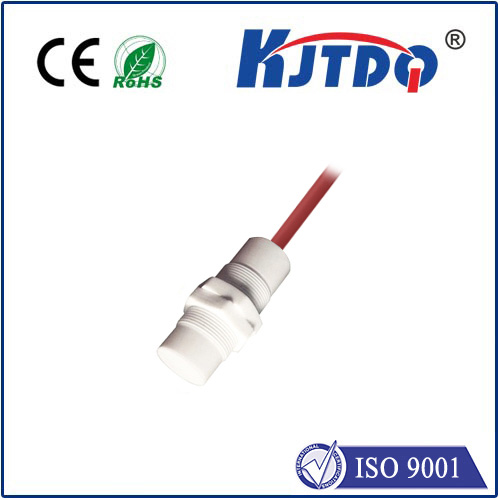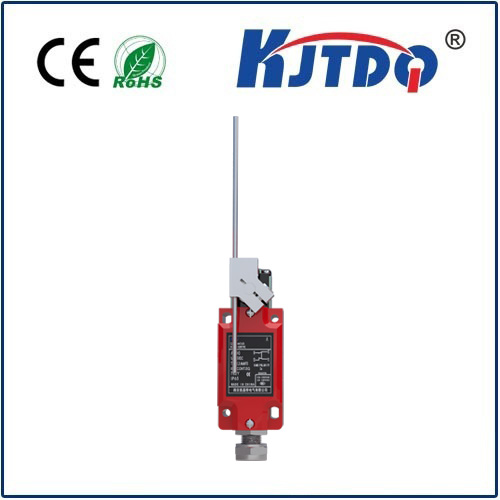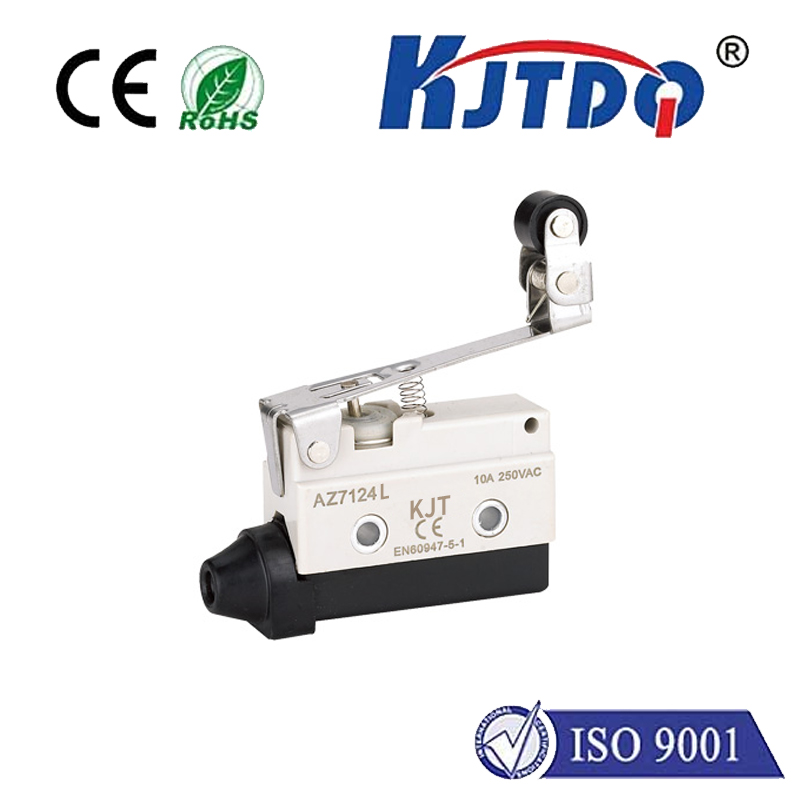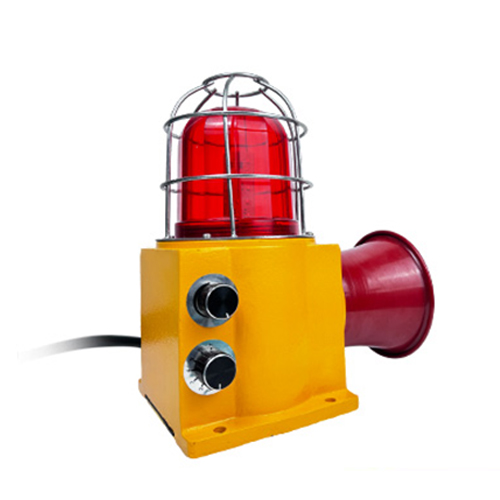

check

check

check

check

check

check

check

check

check

check
Title: The Importance of Limit Switches in Overhead Cranes
When it comes to industrial machinery, safety is paramount. One such example is the overhead crane, an essential piece of equipment used in various industries for lifting and moving heavy loads. However, without proper safety measures, these powerful machines can pose significant risks to both operators and surrounding workers. This is where limit switches come into play, serving as a crucial component in ensuring the safe operation of overhead cranes.
A limit switch is an electromechanical device that detects the presence or absence of an object, mechanical position, or motion within a given range. In the context of overhead cranes, limit switches are installed at strategic points along the crane's path of travel. These switches monitor the movement of the crane to ensure it stays within its intended boundaries and does not exceed them, thus preventing potential accidents and damage to property or personnel.
The primary function of limit switches on overhead cranes is to act as safeguards against overtravel. Overtravel occurs when a crane moves beyond its designed limits, which can lead to structural failure, dropped loads, or collisions with other objects or people. By triggering a signal when the crane reaches its maximum allowable travel distance, limit switches immediately halt further movement, thereby protecting both the crane and its surrounding environment.
Furthermore, limit switches provide valuable feedback to the crane operator by signaling when certain conditions are met. For instance, if a load approaches its lifting capacity or if the crane nears the end of its tracks, the limit switch activates, alerting the operator to take corrective action before any harm occurs. This real-time information allows operators to make informed decisions and adjust their operations accordingly.
In addition to enhancing safety, limit switches also contribute to increased efficiency and productivity. When cranes operate within set parameters, they can perform tasks more accurately and consistently. This reduces the likelihood of errors during loading and unloading processes, minimizing downtime and maximizing workflow efficiency.
Maintenance plays a vital role in ensuring the reliability of limit switches. Regular inspections and testing should be conducted to guarantee that these components are functioning correctly. Any signs of wear or damage should be addressed promptly to prevent malfunctions that could compromise safety and operational performance.
In conclusion, limit switches are integral components of overhead cranes, serving as critical safety features that protect operators, machinery, and facilities from harm. Their role in preventing overtravel incidents cannot be overstated, nor can their contribution to efficient workflows be overlooked. As technology advances, so too will our ability to improve upon existing limit switch designs, making them even more effective at ensuring the safe and reliable operation of overhead cranes.
